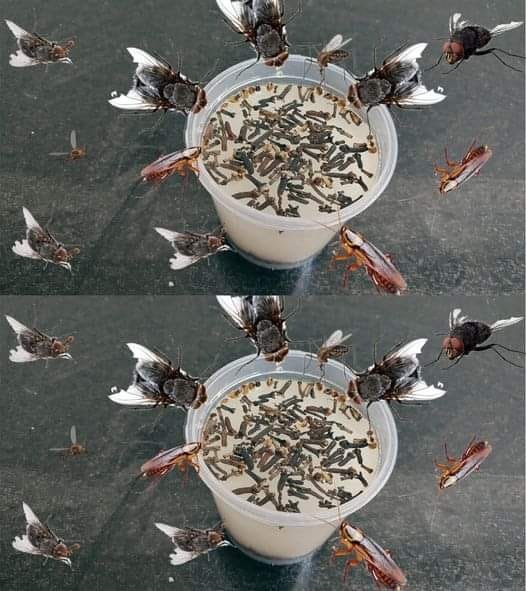Water: The Hidden Key to Energy
Dehydration is a frequent, yet overlooked, cause of fatigue in older adults. Staying hydrated helps keep your mind clear and your body moving efficiently. Aim for at least 6-8 glasses of water each day.
Flavor boost: Add cucumber slices or a squeeze of lemon for a refreshing twist.
Legumes: Plant-Based Power
Chickpeas, lentils, and beans are full of iron, plant protein, and fiber. Iron is crucial for transporting oxygen throughout the body, helping prevent anemia—a common culprit behind low energy in older adults.
Meal idea: Enjoy a hearty lentil soup loaded with colorful veggies for a comforting, nutrient-rich meal.
Leafy Greens: A Dose of Iron and Chlorophyll
Veggies like kale, spinach, broccoli, and Swiss chard are packed with iron, magnesium, and folic acid. These nutrients help produce cellular energy and enhance oxygen flow throughout the body.
Easy ways to eat them: Toss greens into smoothies, scrambled eggs, or stir-fries.
Dark Chocolate: Natural Mood and Energy Boost
In moderation, dark chocolate (with at least 70% cacao) can lift your mood and provide an energy boost thanks to compounds like caffeine and theobromine.
Note: Go for dark chocolate with minimal added sugar for the healthiest benefits.
Plain Yogurt: Energy with a Gut Health Bonus
Plain yogurt delivers calcium, protein, and probiotics that support digestion and nutrient absorption. A well-functioning digestive system is key to sustaining energy levels.
Smart snack: Mix plain yogurt with fresh fruit and oats for a tasty, energizing treat.
Remember: After 60, maintaining your energy isn’t just about getting enough sleep—it’s also about what’s on your plate. A varied diet full of nutrients, quality proteins, fiber, and plenty of fluids can help you stay active, mentally sharp, and enjoy a better quality of life. Pair your healthy eating habits with regular physical activity and routine medical checkups to feel your best every day.
Look after your health and embrace each day with vitality!






